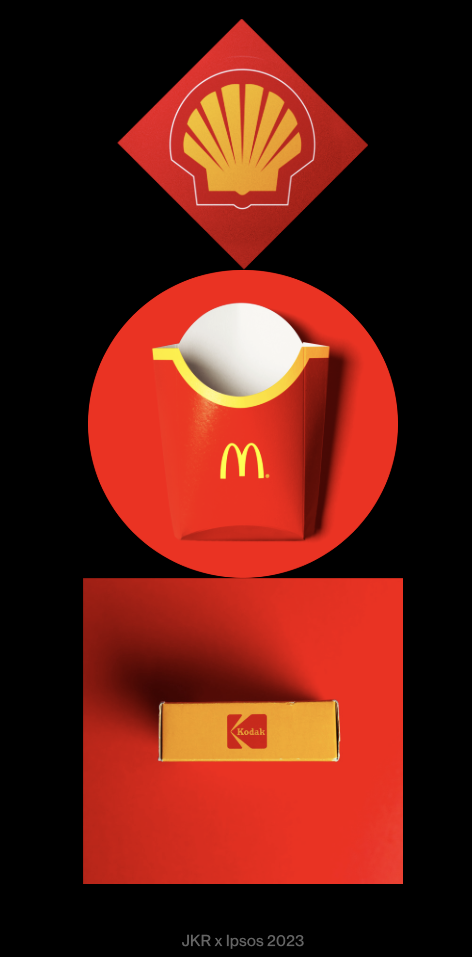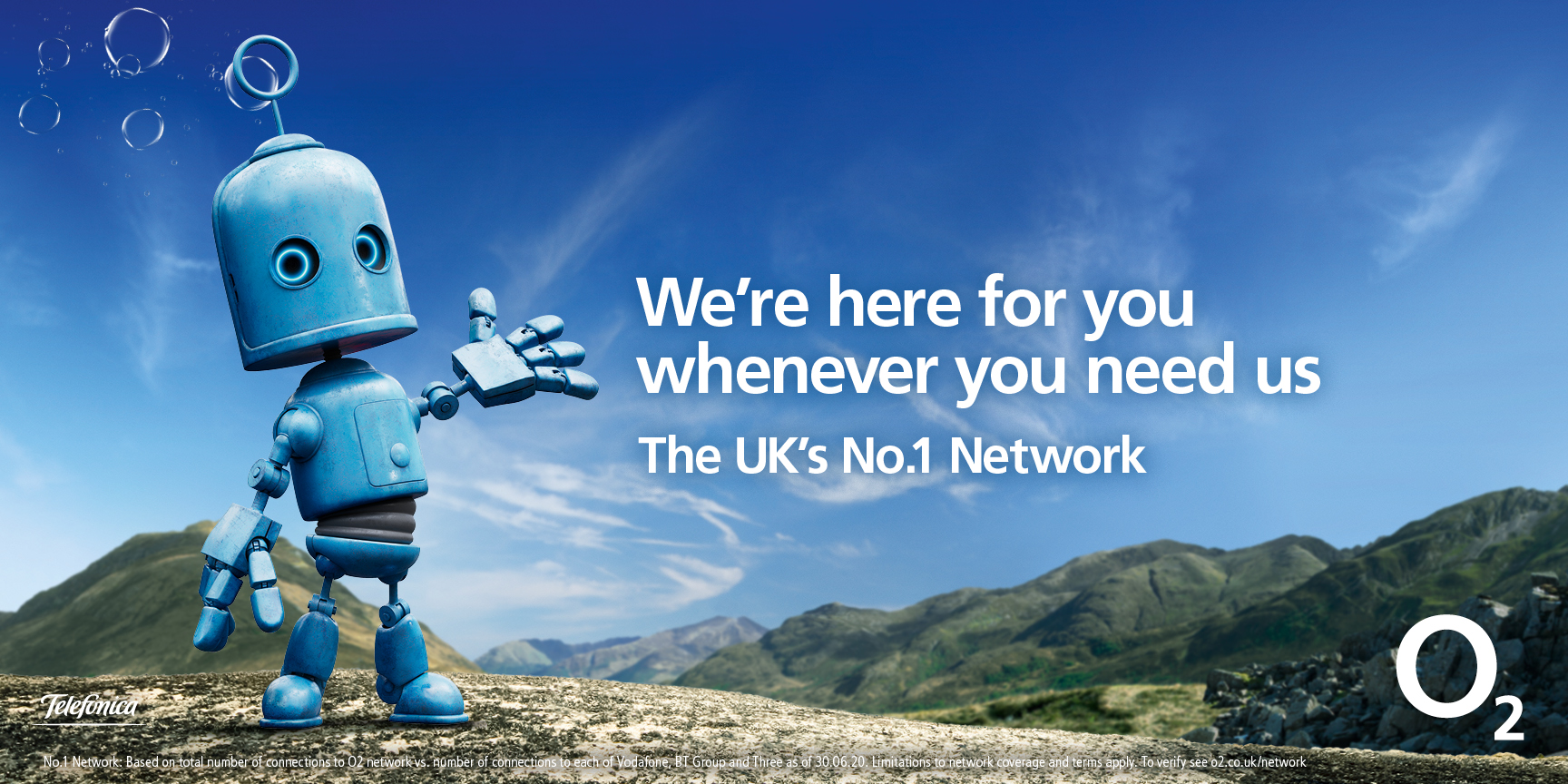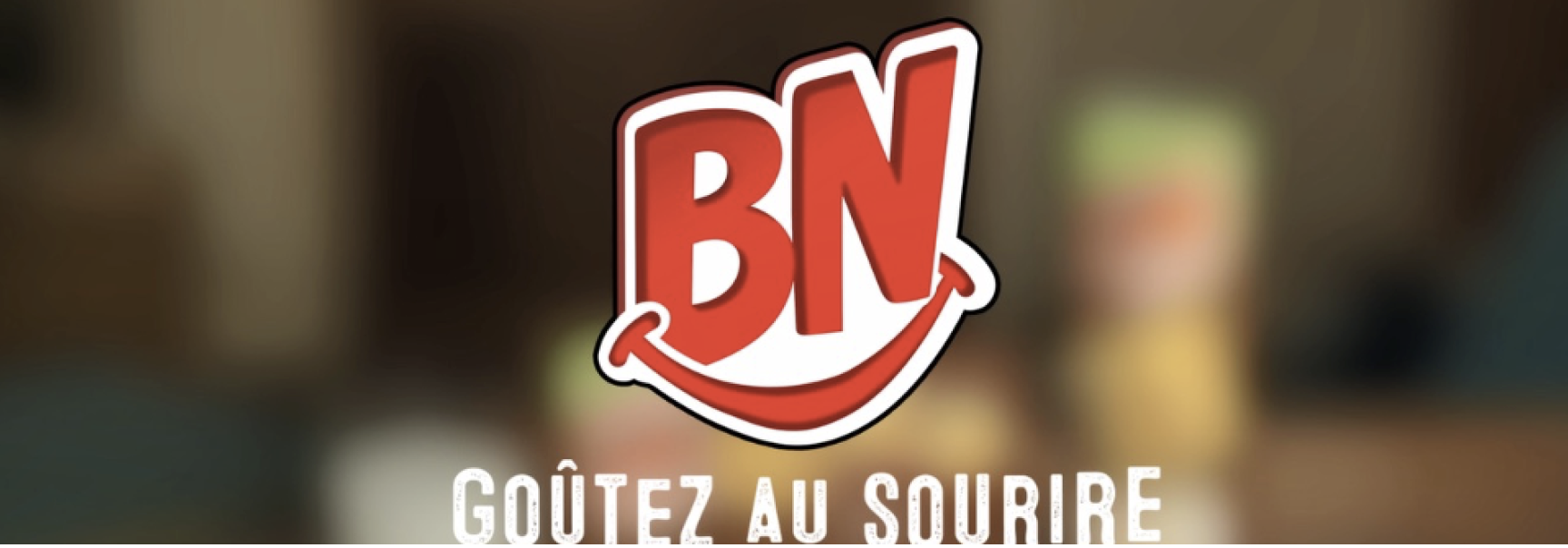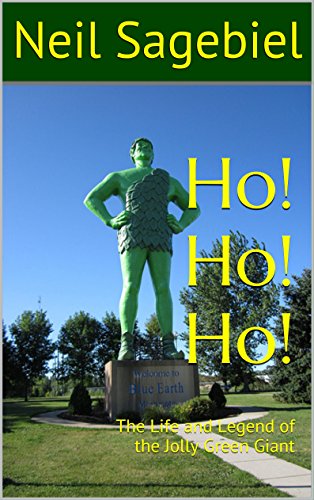Driving Distinctiveness of Brand Assets: JKR x IPSOS Research (part 2)
This is the second of two posts on new research into brand assets by JKR x IPSOS (1). Last week we looked at the research method and the overall findings. This week we explore the detailed learning and recommendations by type of brand asset.
Re-cap on the research
The IPSOS research was robust to say the least. They tested perceptions of 5,046 assets from a mix of brands assets with 26,000+ respondents around the world. Assets were graded into gold, silver and bronze assets along on two axes:
- ‘Implicit brand linkage’: is the asset instantly associated with the brand
- ‘Uniqueness’: is the asset exclusively associated with the brand
Colours – 4% Gold
“Colour can amplify emotion, signify status, attach itself to long-established traditions, or signal a break with convention,” as the report says. One example quoted is Tiffany with its distinctive blue (below), that we posted on here.

A key point here is that you can’t and don’t need to own a colour outright. The difficulty of doing this is reflected in the very low 4% of colours rated gold in the survey. However, you can and should try to do is execute colour distinctively within your category. The report uses McDonald’s, Kodak and Shell to illustrate this point (below). All use red and yellow but execute these colours in distinctive ways within their respective categories though the use of other visual devices.

Slogans – 6% Gold
“A distinctive slogan used consistently can embed itself into our culture and conscious,” comments the report. However, given the key role slogans can play, a mere 6% meet the gold standard, creating an opportunity. “In a sea of forgettable, transient claims the opportunity to stand out is there for the taking.” JKR also share several sources of inspiration for creating a distinctive slogan:
- Product centric: root in a functional product benefit with a distinctive twist. Example KFC’s ‘Fingerlickin Good’
- Promise-centric: centred on the emotional outtake of the brand. Example Nike’s ‘Just Do It’
- Brand-centric: based on a truth about the brand. Example Johnnie Walker’s ‘Keep Walking’
- Status-centric: celebrating consumer popularity. Example Heinz Baked Beans ‘Beanz Meanz Heinz’
Brand mascots/characters – 16% Gold
“Brand mascots/characters can transcend languages, build consumer connection and become distinctive in record time when used in combination with other assets,” observes the report. I’m a big believer in brand characters and did a whole post on them here back in 2020, using data from another IPSOS study.
Mascots have the potential to literally bring to life the brand’s personality in a memorable way. JKR use the example of mobile phone network O2’s mascot, called Bubl. This character builds on the brand’s other assets (blue colour and bubble iconography) to accelerate recognition and brings to life the brand’s slogan, ‘We’re better, connected’.

Characters have several key advantages over the alternative of a celebrity endorser:
- Free: once created they don’t need to be paid
- Safe: they’re not going to get into trouble in the press
- Ownable: they can’t work for multiple brands, only you
- Available: obedient and always on-call!
Logos – 19% Gold
Logos are a potentially powerful brand asset given their central role. They can be amplified across multiple channels: from pack design to communication and social media. “It’s troubling that so few of them (19%) are reaching the gold standard,” as the report points out. An example we worked on recently is the BN brand of biscuits. As part of the brand re-launch a smile was neatly integrated into the brand’s logo to help stand-out and cue the brand idea, ‘Taste the Smile’.

Some specific tips from JKR include:
- Bring a ‘smile in the mind’: Amazon’s smiling A-to-Z arrow. The visual twist makes the logo more memorable, buying an extra second in the mind of the viewer.
- Simplicity and flexibilty: the Olympic rings are easy to “adapt, adopt and activate”
- Avoid following fads: the trend to “flattening of logos” is partly driven by mobile-first branding needing logos that work in small, 16 pixel squares. But its also driven by a tendency to follow the creative crowd, as I posted on here, in many cases leading to reduced effectiveness. “Refine assets down to their most distinctive selves — not losing what’s inherently you,” is sound advice in the report.

Product – 31% Gold
I’ve saved what is probably the best form of asset to last. Regular readers will not be surprised to learn that it is … products! “Baking in” your distinctiveness to your product or service is incredibly powerful, as it shows up every time your product is shown or used. This can be the product itself, such as the slow pouring black & white of Guinness or the crazy form of Tony’s Chocolonely that brings to life the brand’s mantra of ‘Crazy about chocolate, serious about people’. Or it can be a ritual, such as the ‘Twist, lick, dunk’ of Oreo cookies or the lime in a Corona that we posted on back here in 2012.

Sonic – not measured
A surprising omission from the survey is sonic branding. IPSOS previously showed this asset to be the least used but most effective form of asset, as I posted on here.
Sonic devices “lodge in our heads like earworms,” as the report states. These devices can be used in communication, such as Green Giant’s laughing Jolly Green Giant (below). Even more powerful are sonic assets that are ‘baked in’ to the product or service. MGM precede their films with a lion’s roar. Apple and Windows have iconic start up sequences. And Harley Davidson’s exhaust roar signifies the brand’s spirt of rebellion. The MGM lion and the laugh of the Jolly Green Giant are examples of distinctive sound marks that have even been registered with the US Patent & Trademark office! (2) Harley Davidson tried but failed to do the same with the roar of its engine.

In conclusion, companies need a better process for creating, measuring and managing distinctive brand assets. This is exactly the focus of our own brandgym research, due to be published after the summer. Watch this space!
SOURCES:


